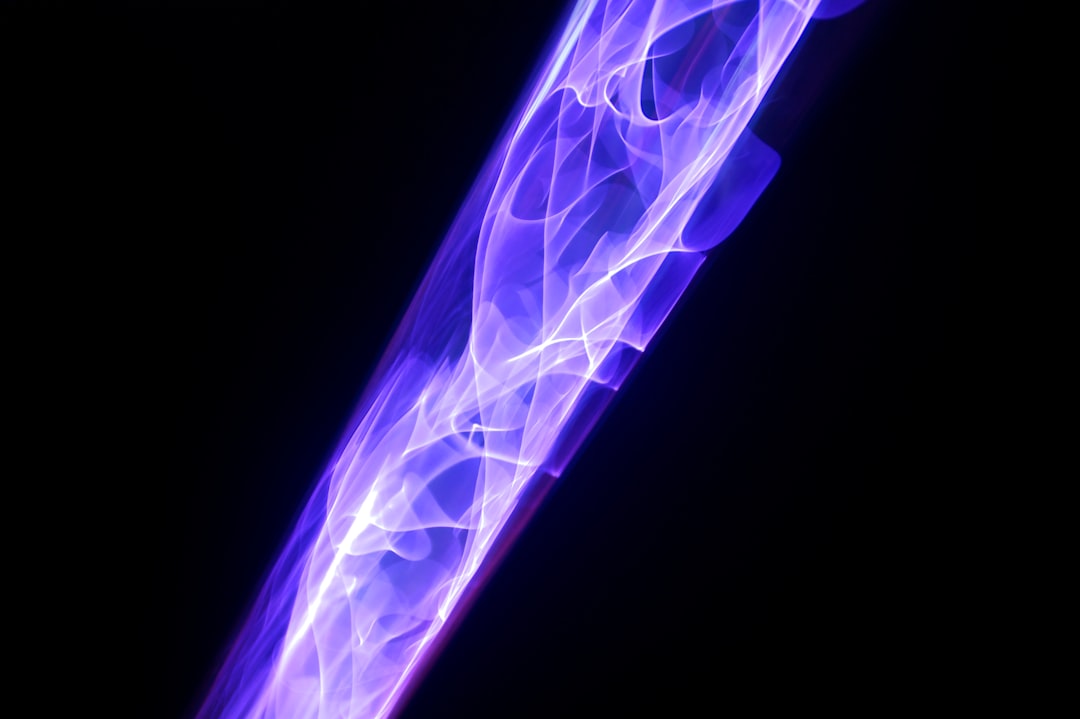What is it about?
In this work, we address numerically and theoretically the decay of isotropic magnetohydrodynamics turbulence. More precisely, we use a well-known method, namely the EDQNM developed in 1976 for MHD, to predict and assess the decay of the total (kinetic + magnetic) energy. We highlight strong similarities and differences with isotropic hydrodynamics turbulence. Then, we investigate the effects of cross-helicity, who is an inviscid invariant of the equations like total energy, on the global dynamics, and analyze the inertial scalings of the spectra. Finally, we assess numerically the asymptotic exact 4/3 laws at large Reynolds numbers for total energy and helicity, and discuss the impact of the modelling on the results.
Featured Image
Why is it important?
Because of the modelling, a -3/2 spectral slope is imposed for the kinetic and magnetic energy spectra: more precisely, the characteristic time of the inertial range is prescribed, which yields -3/2. Nevertheless, the asymptotic decay of total energy is predicted to be the same as kinetic energy in isotropic hydrodynamic turbulence, despite the -5/3 scaling of the kinetic energy spectrum in the latter case. Furthermore, both 4/3 laws are assessed numerically as well, once again despite the -3/2 inertial scaling. One important conclusion is thus that a -3/2 inertial scaling, instead of a -5/3 one obtained in several direct numerical simulations of isotropic MHD, does not prevent to obtain decay laws similar to hydrodynamic turbulence, and the asymptotic 4/3 laws.
Perspectives
The main perspective of this work is to model anisotropic MHD, with the presence of a mean magnetic field, in order to reach large Reynolds numbers and consequently disentangle anisotropic features from spurious moderate Reynolds effects.
Antoine Briard
COMUE Universite Paris-Saclay
Read the Original
This page is a summary of: The decay of isotropic magnetohydrodynamics turbulence and the effects of cross-helicity, Journal of Plasma Physics, February 2018, Cambridge University Press,
DOI: 10.1017/s0022377818000120.
You can read the full text:
Contributors
The following have contributed to this page










